Testing the waters
I spend a week drinking only H20 – and learn about perfectionism in the process
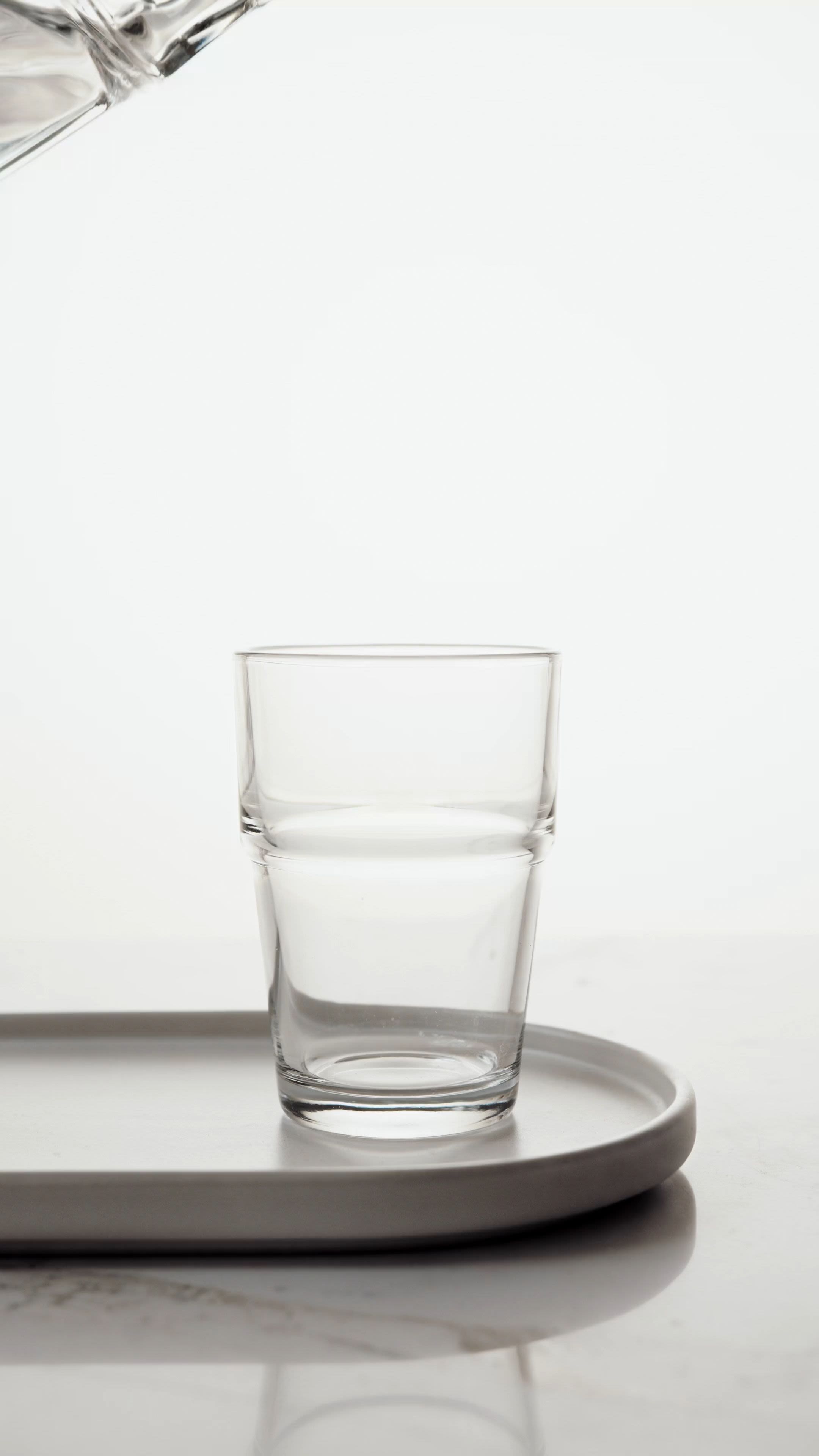
Honesty time: I don’t drink enough water. That’s what I always say, anyway. It’s a vice that I’m very much aware of, but never seem to properly address. Every so often I will find myself scouring the internet for the best skin care remedies, without even considering that the solution might be as simple as H-2-0.
It’s not that I don’t try to stay hydrated. Every morning I diligently fill up my water bottle, which even has those hourly markers to keep you on track with your water intake. I begin each day with good intentions, but always end up side-tracked by sugary hot beverages and fizzy drinks. As well as this… sometimes I just forget to drink water. Life often takes over, and I end up returning at the end of the working day with a bottle which is almost as full as when I left that morning.
It turns out that I’m not alone in this watery dilemma. I ran a quick poll on Twitter to ask if people thought they drank enough water, and 79% answered no, with reasons such as a busy schedule and even a dislike for the taste of water cited as responses.
This is echoed in wider statistics, as well. A 2021 survey by UK water brand Aqua Pura found that 34% of men and 25% of women say they don’t drink water at all, and that only 6% of people are consuming the right amount of water.
But there are a multitude of health benefits of being sufficiently hydrated. Never mind my conceited desire for clearer skin, drinking water can help your digestion, blood pressure, memory and even your mood.
Wednesday 22 March marks World Water Day, so it seems as apt a time as ever to attempt to change my water drinking habits.

The challenge

I decide to spend a week, Monday to Sunday, drinking only water, therefore cutting out all other beverages during this time. My rationale is that if I restrict myself to just water, even only temporarily, I might be able to form a healthy habit that will last far longer than a week. I look at it as a water detox of sorts – minus the dangerous diet, of course.
But before I begin, I need to look at how much water I should be drinking. It’s a popular Google search and brings up a whole range of results. The Eatwell Guide, created by the UK Government and the NHS, says that we should drink six to eight cups or glasses of fluid a day. While the guide isn’t more specific than that, it is thought that one cup equates to around 250ml, so the recommended 8 cups would mean drinking two litres of water.
My goal is to drink a glass of water first thing each morning, followed by two litres throughout the day. Surely it can’t be that difficult… right?
Signs that you might be dehydrated:
- Feeling tired
- Feeling dizzy or lightheaded
- Dry mouth, lips and tongue
- Sunken eyes
- Dark urine
(Source - NHS)
The week

By roughly 8am on Monday, I quickly decide that yes, it will be that difficult.
I already miss my morning cup of tea, and although a tall glass of water is a fine alternative, it feels like I’m sleepwalking into the day by not starting it with a fix of Earl Grey goodness. But am I doing this needlessly – does tea, or indeed coffee, count towards our overall water intake?
Well, according to the British Nutrition Foundation – yes. The charity says that the 6-8 glasses of fluid we should drink each day can come from a variety of drinks, and that "all non-alcoholic drinks, including tea and coffee, can hydrate us." They do, however, also recommend that these hot drinks are consumed without sugar, which is unthinkable to me, as someone who always has a teaspoon of the stuff in my cuppa. Maybe that's for another challenge...
Over the first couple of days, I find the challenge more difficult than I had expected. The realisation that I must drink the equivalent of two one-litre bottles during each day makes me aware of how little water I was sometimes drinking previously. The concept of having to refill my trusty water bottle at around lunchtime was practically foreign.
A part of me immediately begins thinking of ways I can amend this challenge for myself (one cup of tea can’t hurt, right?), but a larger, stronger part of me is determined to persist, and longs for the sense of achievement when I complete the challenge. It is already satisfying to find that I’ve reached my water intake goal at the end of the day.
My naivety leads me to believe that after three days, my skin would be glowing and my life would be forever altered by the astonishing lifestyle change I had made. But this isn’t the case at all. In fact, on Wednesday I feel noticeably tired, sluggish, and out of sorts.
I’d previously joked about not being able to live without my fizzy drinks, but is this actually caffeine withdrawal? By the next day I feel fine again, but I’m left wondering whether I should make some more permanent changes after this week is over.
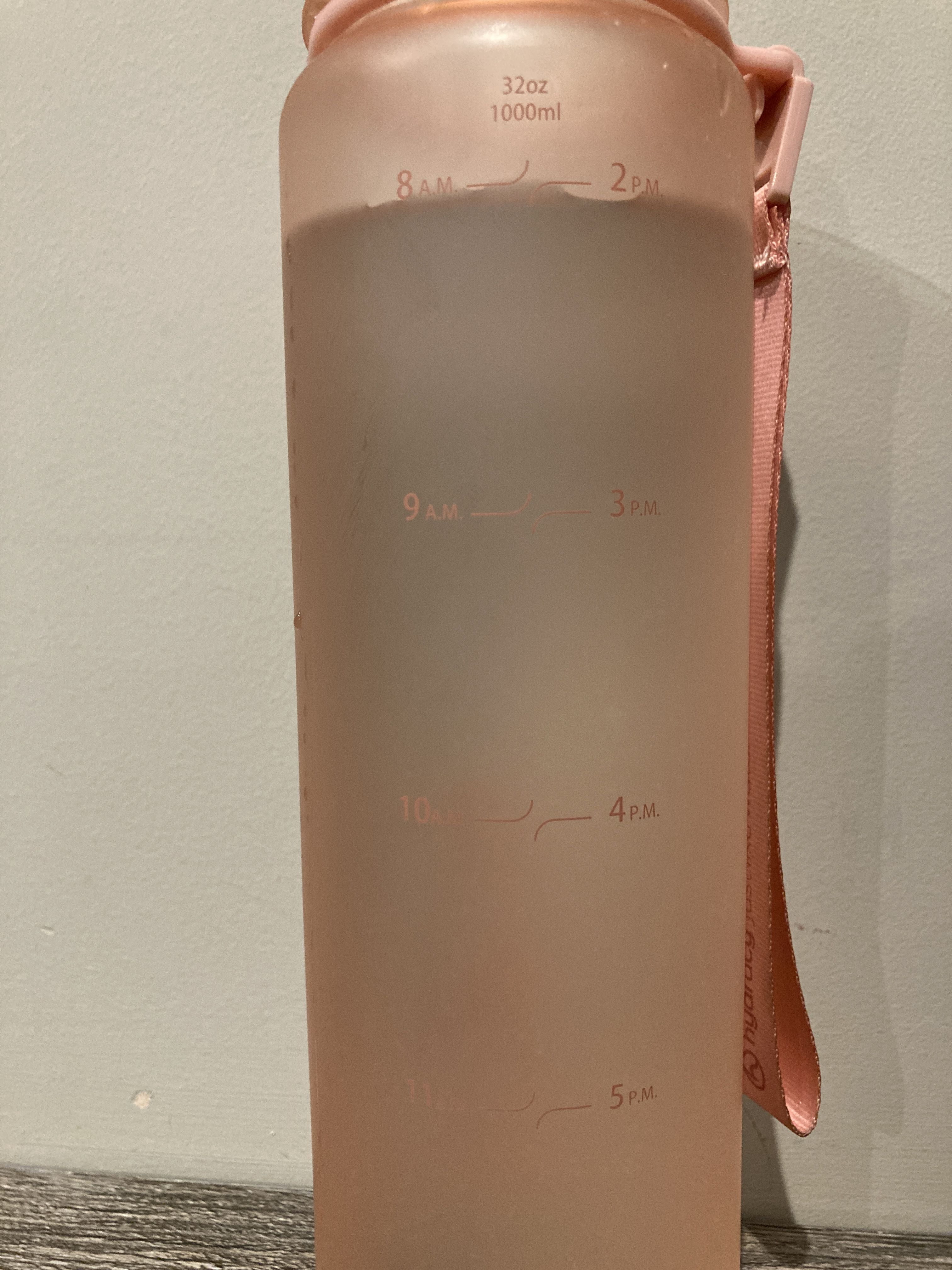
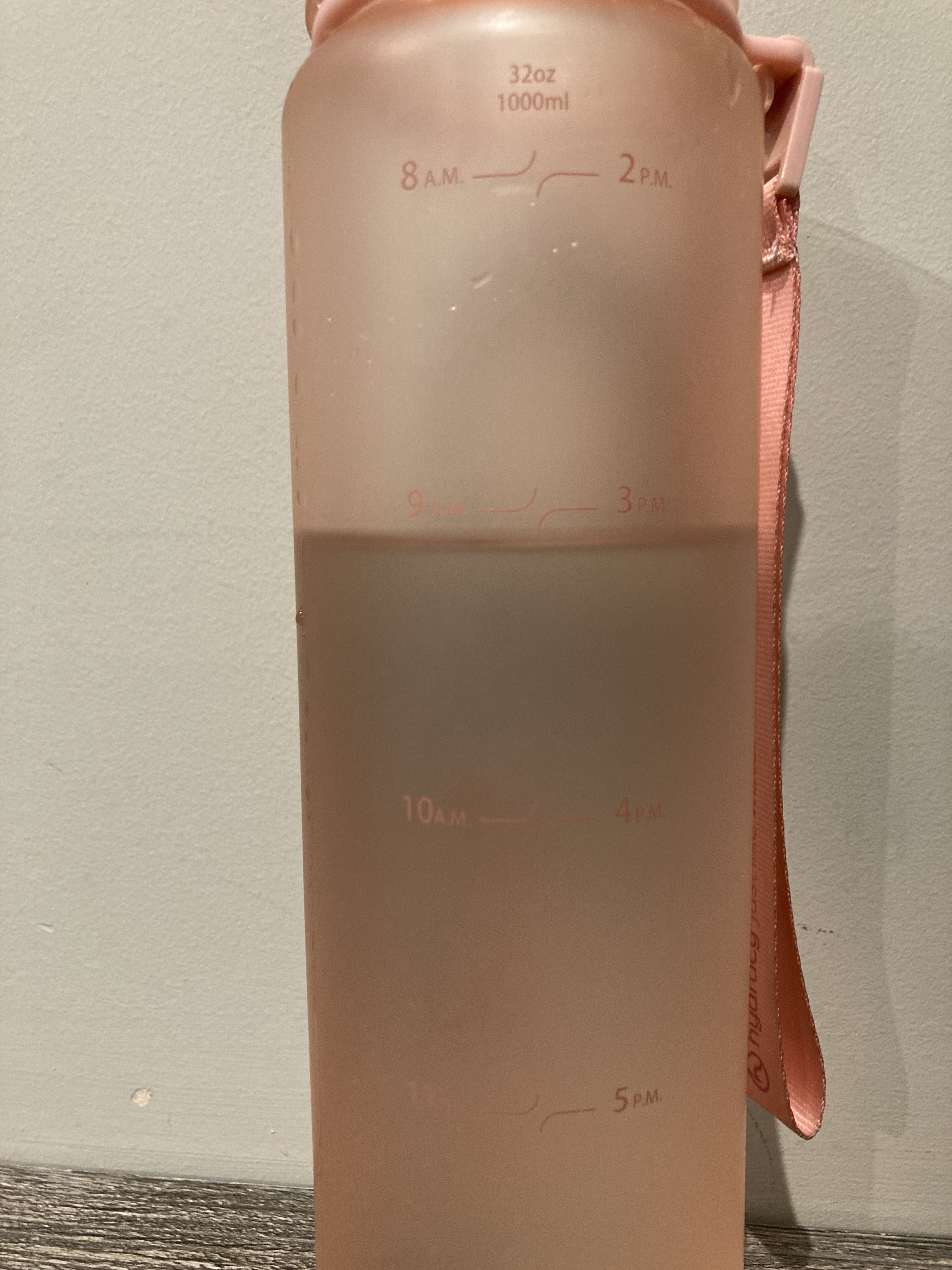
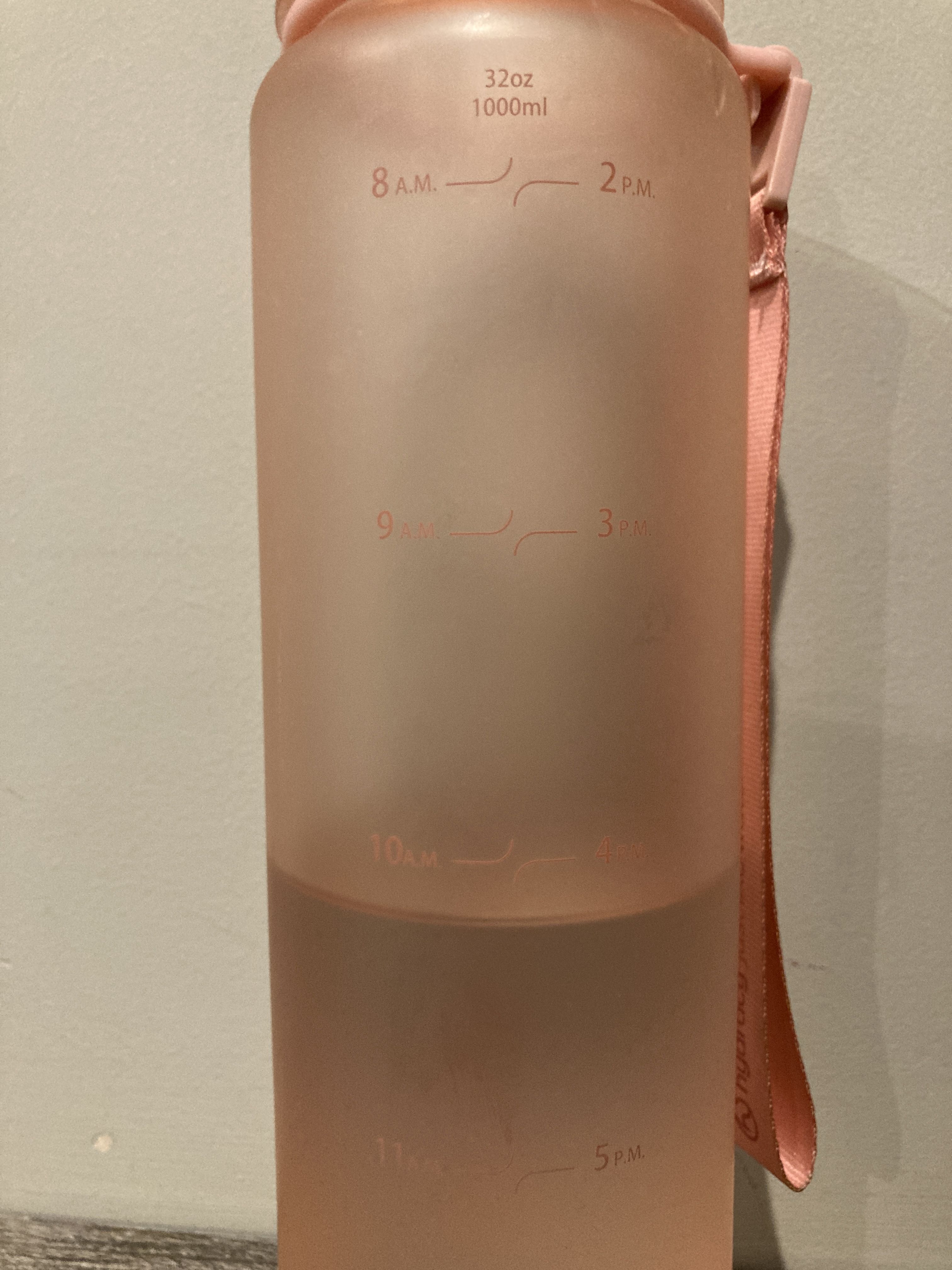
On Thursday, while walking past all the drinks I couldn’t have in the supermarket, I notice how many types of bottled water are available to buy. It’s a huge market: the latest annual report from the British Soft Drinks Association found that in 2021, over 2.5 billion litres of bottled water was consumed in the UK.
Many water experts might say this is a good thing. Leading UK water sommelier and TikTok influencer Doran Binder, also known as The Bearded Water Sommelier, bottles and sells his own Crag Spring Water, using a subscription model involving reusable glass bottles. He regularly tells his followers about the purity of bottled water over tap, as well as which brands to use and avoid.
On a whim and out of curiosity, I decide to buy a bottle of one of the fancier Nordic brands of water – priced at £1.55 for 500ml, and renowned for its natural sourcing and stylish look. Intrigued, I take a sip, and it tastes like… water. I immediately realise that I’ve wasted my money. This isn't to knock the expertise of sommeliers (do I just have lower maintenance taste buds?) but I decide that sticking to my own water bottle is the best option.
While buying a bottle of water often feels the most convenient option for many, the commodification of this natural resource has significant environmental impact. Binder's use of glass bottles is an environmentally-friendly approach, but this isn't the case for many leading brands, and plastic waste is a big issue with the market. In 2021, research by Spanish scientists found that the impact of bottled water on natural resources is 3,500 times higher than for tap water, with lead author Cristina Villanueva concluding that “we need to improve access to public water” to tackle this issue.
One initiative trying to do this is the Refill app. Founded by environmental campaigner Natalie Fee in 2015, the app encourages the use of tap water over bottled produce by creating a global network of retailers offering free water refills. Users can find nearby Refill Stations on the map, of which there are now more than 274,000 globally.
The issue now perhaps surrounds making consumers aware that schemes like this exist. Chloe Masefield, director of Natural Weigh, a zero-waste shop in Crickhowell, South Wales that is listed as a station on the Refill app, says that while her shop still offers free water, they have only done about two refills in the last year.
And the pandemic has made things more difficult, as well. Nicci Owen, manager at Butterflies Café in Edinburgh, says their strategy has changed since 2020. “Before Covid, we had jugs of water in the café that people could use to refill their bottles, or use glasses if they were staying in the café," she says. "Now we simply offer to fill bottles directly.”
There is a lot of work still to be done, but it is heartening to know that all I need is my trusty water bottle to be able to stay hydrated on the go.

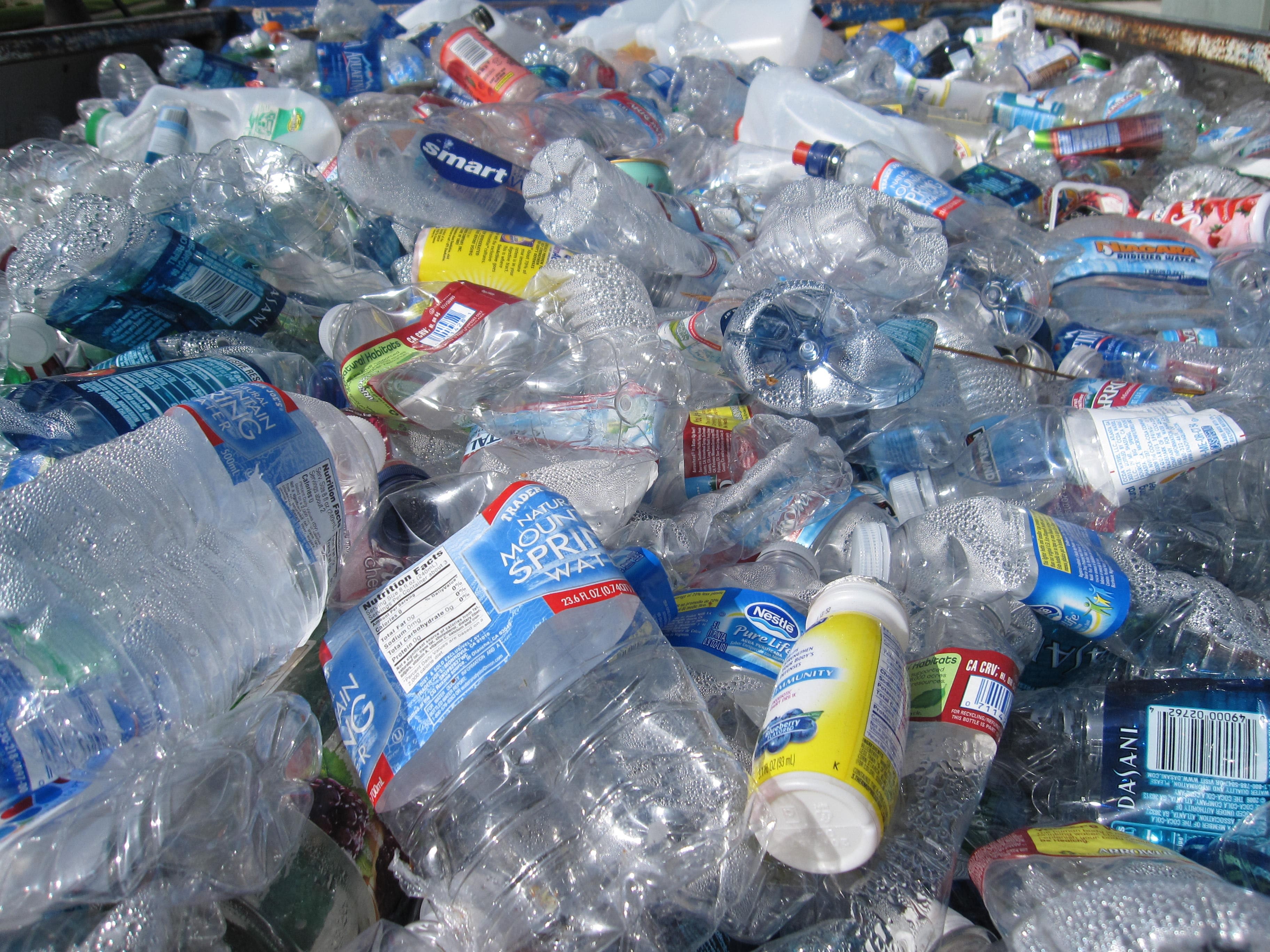
The different types of bottled (or even canned) water that I tried during the week, before deciding that good old tap water was best - both for the environment and for my purse strings.
In the second half of the week, I find that it is beginning to feel natural to only drink water, and my desire for other beverages has declined quite quickly. However, I also find myself beginning to obsess over drinking enough water, my goal of two litres set so firmly in my mind that anything less would constitute a failure.
I’m concerned, and so decide to try something different. On Sunday, the final day of the challenge, I continue to drink just water, but I stop measuring my intake and stop thinking about trying to hit a particular target. The result is positive: my water consumption for that day is probably a bit less, but the pressure I didn’t realise I’d put myself under disappears.
The conclusion

I’m happy that I did this challenge and I’m proud of myself for completing it – the restriction of only being able to drink water for a week allowed me to think about hydration during the day more than I ever had before. While I was very grateful for my cup of tea the following Monday morning, this time it was accompanied by a glass of water, a new routine that I will keep up in the future.
However, I’ve learned that setting such specific goals for water intake is not the way forward for me.
The survey by Aqua Pura revealed that less than a third of respondents understood how much water they needed to consume to stay healthy. This is the figure I found most startling, and I thought back to my own initial research – how many people say that they don’t drink enough water, without actually knowing how much water they should drink?
There is also plenty of research that suggests recommended water intake is individual, determined by a range of factors including age, gender, weight, and level of physical activity. Two litres a day is perhaps a good baseline, and it is a target that worked for me during my detox week, but it’s not a one-size-fits-all goal.
This can just as easily apply to things like calorie intake and step count; we are judging ourselves against unclear targets that are therefore impossible to ever hit, and it’s often easier to just assume that we’re not doing enough.
Even if we do set targets for ourselves, it’s okay if we don’t quite hit them. The perfectionist mindset that I found creeping in during this week is familiar to me, especially when it comes to my work. If something doesn’t quite go right, I’m way too quick to catastrophise and call it a huge failure. But this week has made me begin to realise that I should stop being so hard on myself… I’m doing okay.
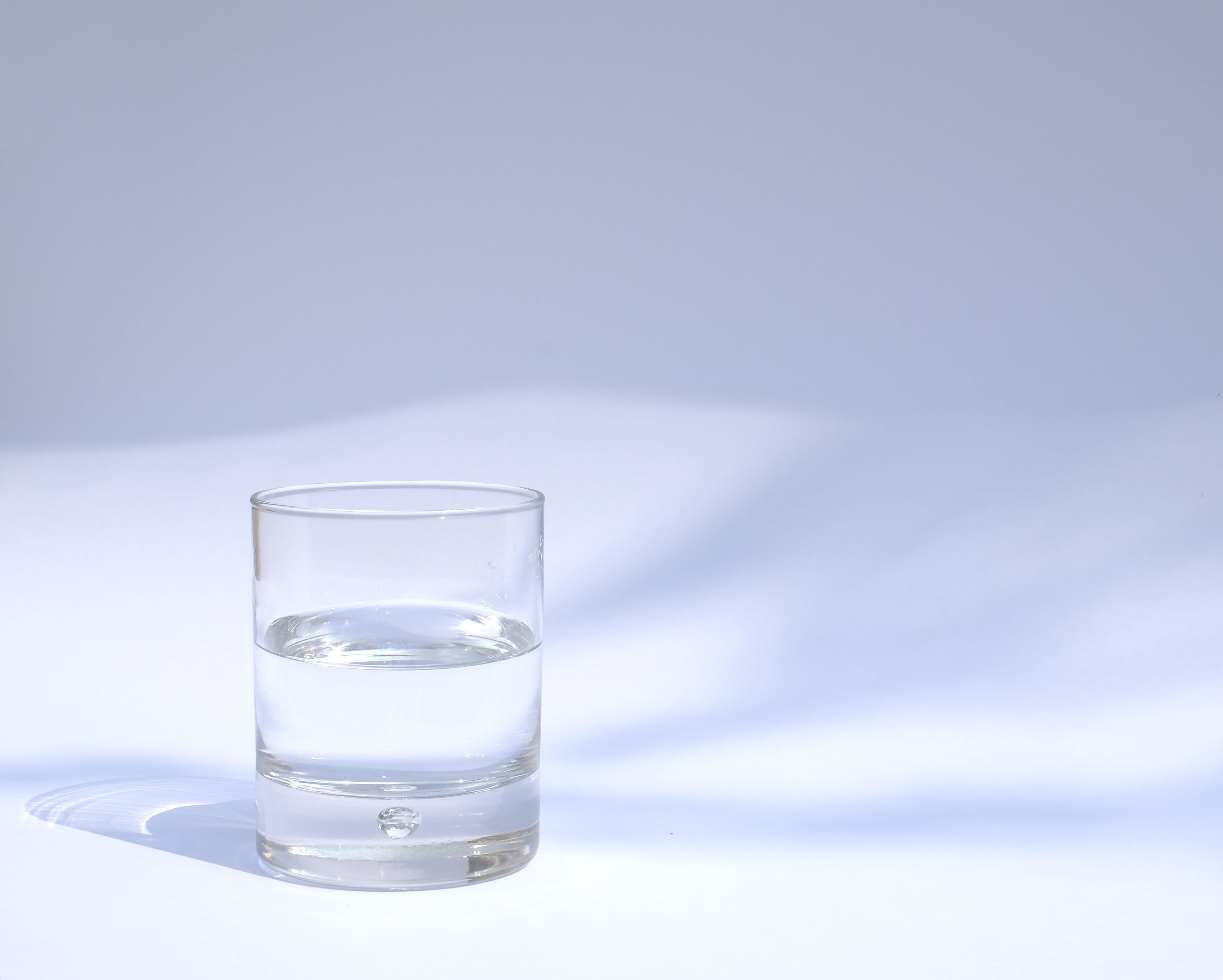
It is a privilege to be able to challenge myself to drink more water, a luxury that many around the world do not have.
Scroll for some stats...
1.4 million people die annually and 74 million will have their lives shortened by diseases related to poor water, sanitation, and hygiene...
2.2 billion people have limited access to safe drinking water...
...and by 2025, half of the world’s population will be living in water-stressed areas (when the demand for water exceeds the amount available)
(Source - WHO 2022)
One of the Sustainable Development Goals committed to by the United Nations in 2015 is "clean water and sanitation for all" by 2030. At present, we are far from that goal, which is why the theme of World Water Day 2023 is "accelerate change" - with the help of the UN 2023 Water Conference taking place in New York on 22-24 March, the first for almost half a century.
The conference could mark a crucial turning point in the global water crisis. Keep up to date by watching live sessions on the UN's Web TV platform.
